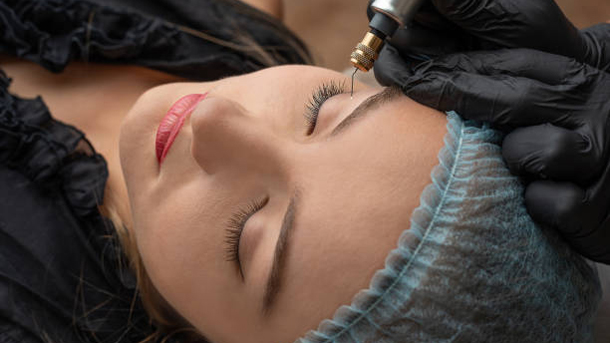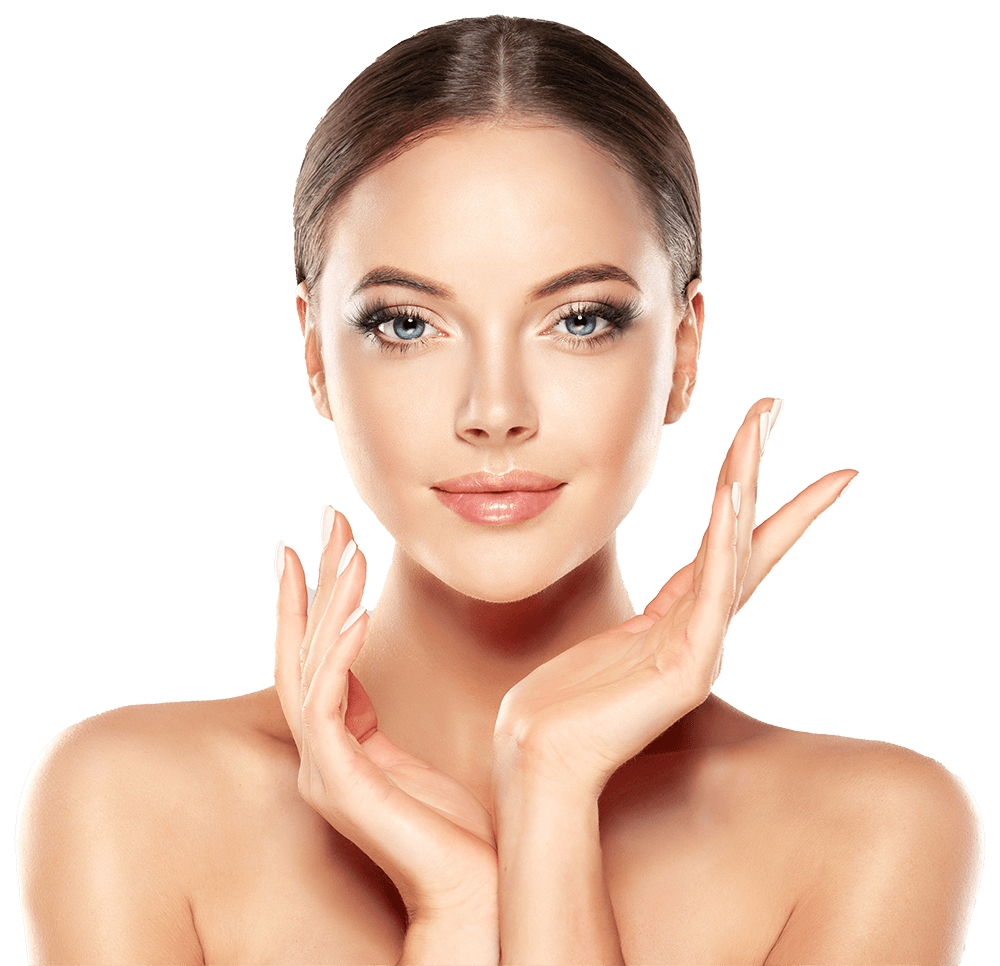Plasma Fibroblast Therapy

Plasma fibroblast therapy is an aesthetic procedure some healthcare providers may offer as an alternative to laser, injections, or surgical therapies to tighten and improve the appearance of skin. Plasma fibroblast therapy targets fibroblasts. These are collagen– and protein-producing cells in the dermis, the layer of skin just below your outermost skin layer. Fibroblasts play an important role in helping skin wounds heal as well as maintaining skin firmness and tightness.
Plasma fibroblast therapy uses a pen-like device that discharges a high-frequency electric current to small areas of the skin.The plasma tip doesn’t directly touch the skin, but instead releases a targeted current just above the skin. The hot current creates small holes, or micro-injuries, in the skin’s layer. Thermal disruption, or heat damage, from plasma fibroblast therapy:
Breaks down proteins in the skin
Encourages tissue regeneration
Stimulates fibroblast activity
Causes tissue contraction (tightening)
While the procedure may vary slightly based on where you’re having the treatment, the basic steps typically include:
Cleansing the skin and applying a topical anesthetic (numbing) cream. You may need to wait about 30 minutes for the numbing cream to take effect.
Treating the designated skin area with the plasma pen. The pen will create small arcs of microcurrents that make small scab-like dots on the skin.
A cooling gel can be applied to minimize the tingling and burning sensation whenever possible.
Plasma tightens skin and dramatically reduces wrinkles in areas such as
Hooded eyes / eyebags / eyelid correction
Crow’s feet
Frown lines (lines between eyebrows)
Nasolabial Folds (Nose to Mouth Lines)
Smokers Lines (Vertical Lip Lines)
Marionette Lines
Mouth Corners
Chin Lines
Neck Lines/ Full Neck Lift
The best candidates for this procedure are people with mild-to-moderate skin wrinkling concerns
You shouldn’t receive plasma fibroblast therapy if you:
